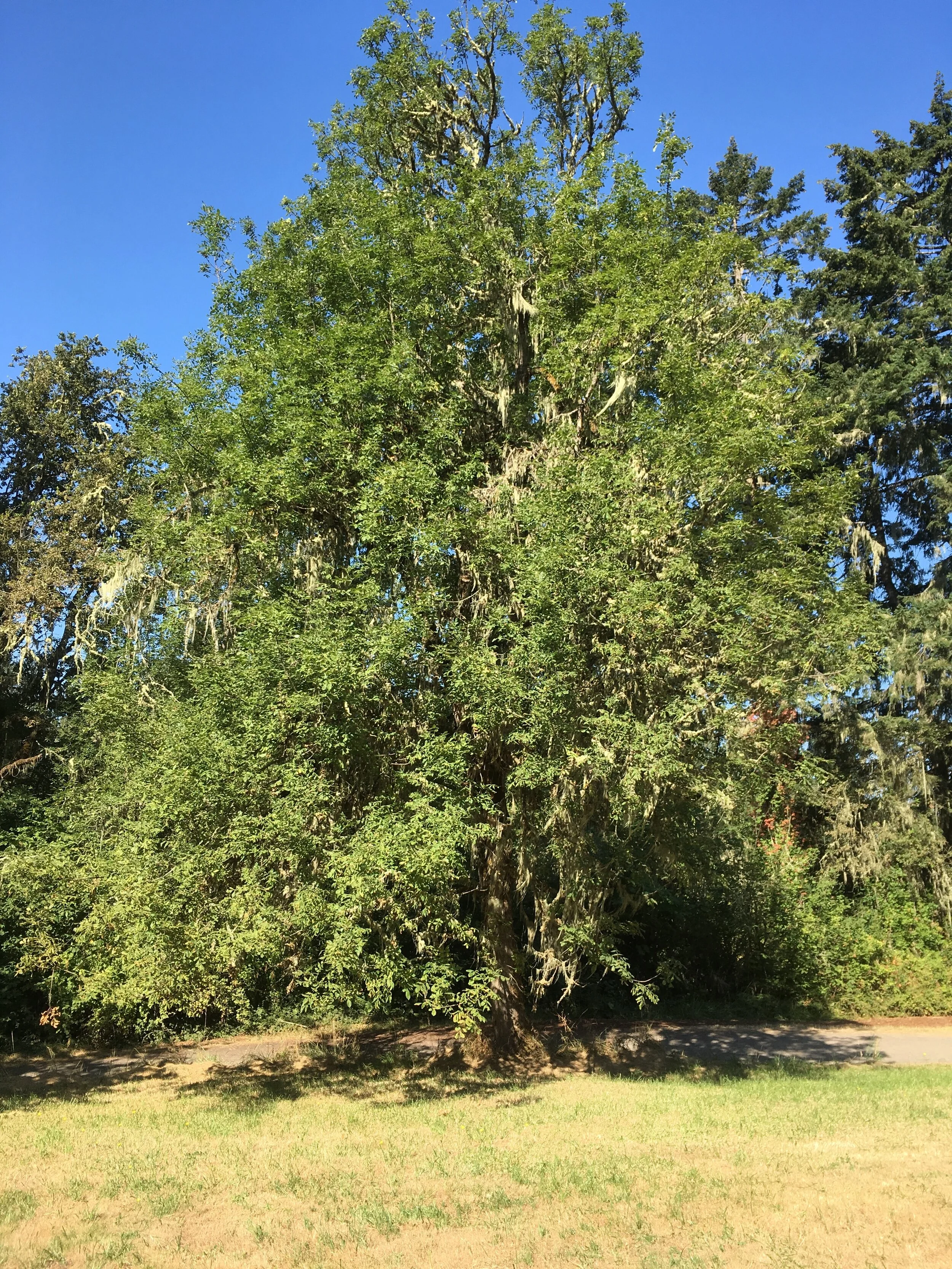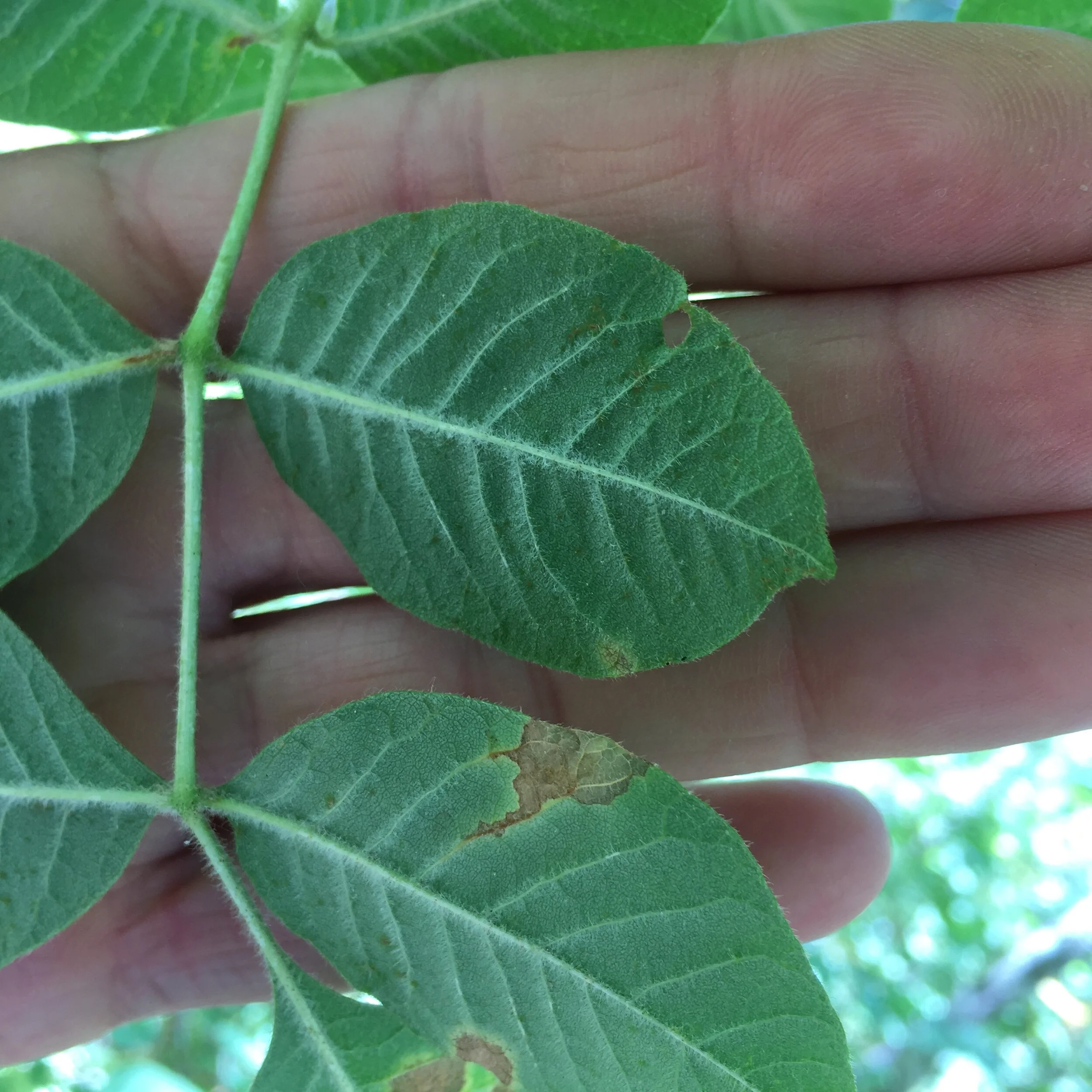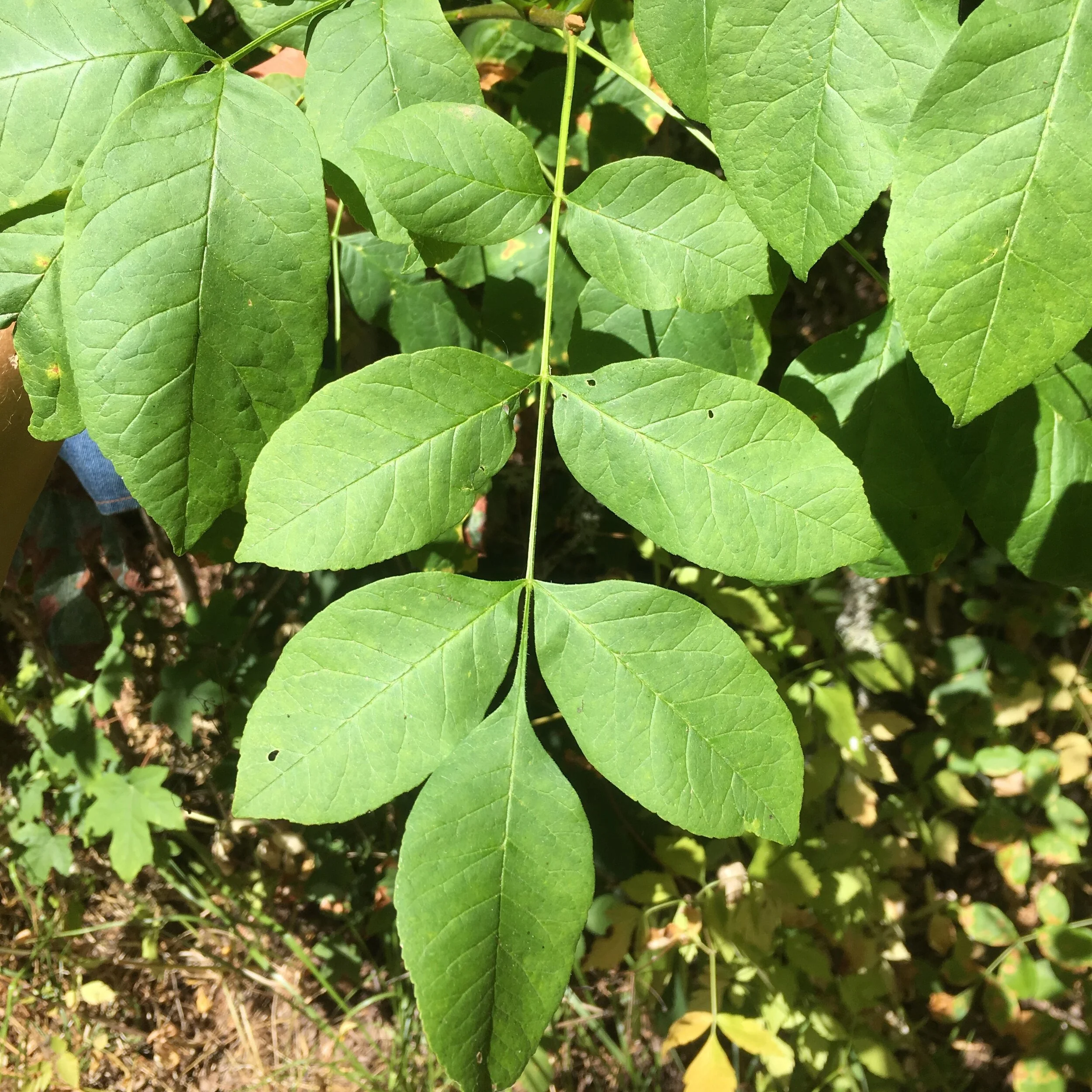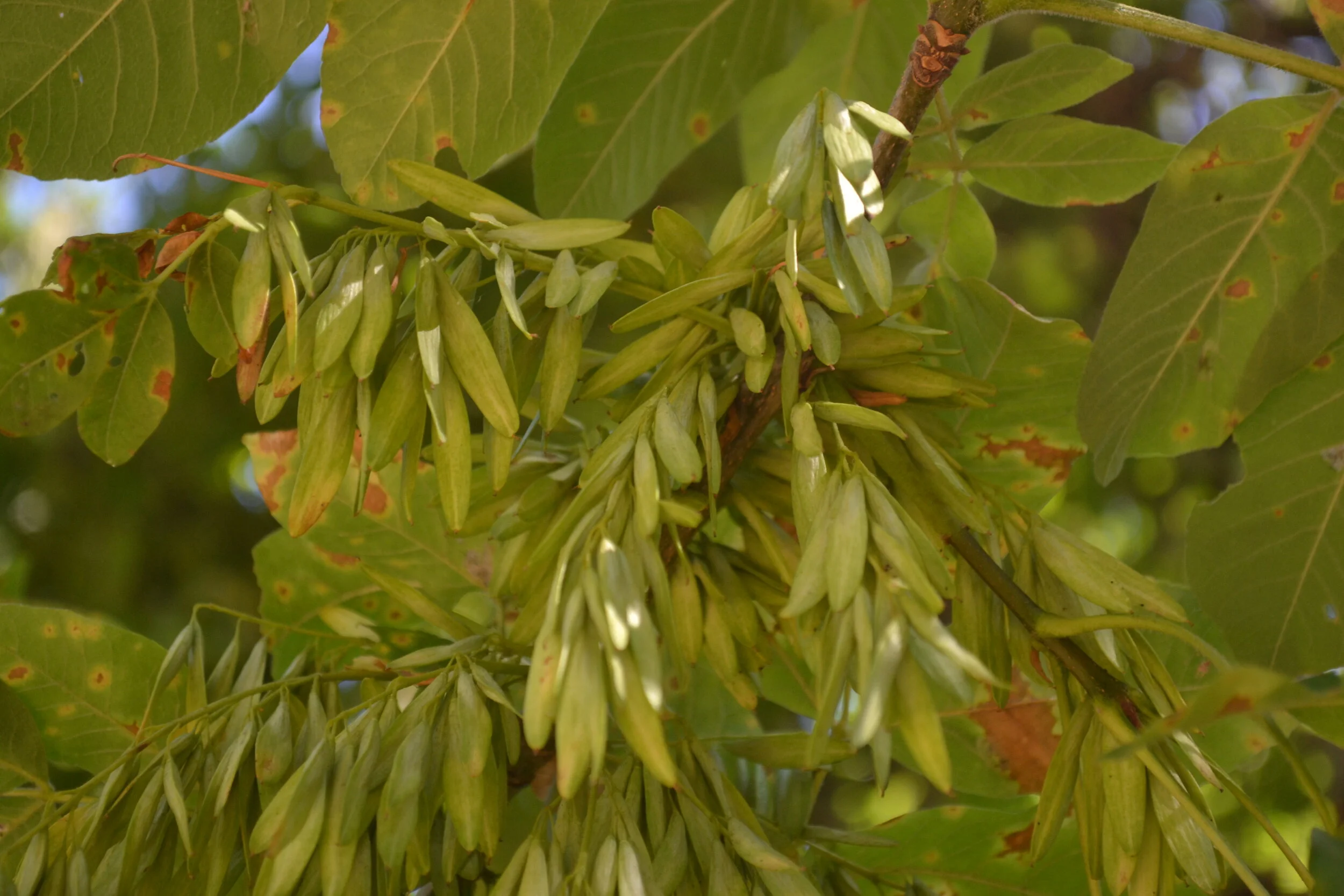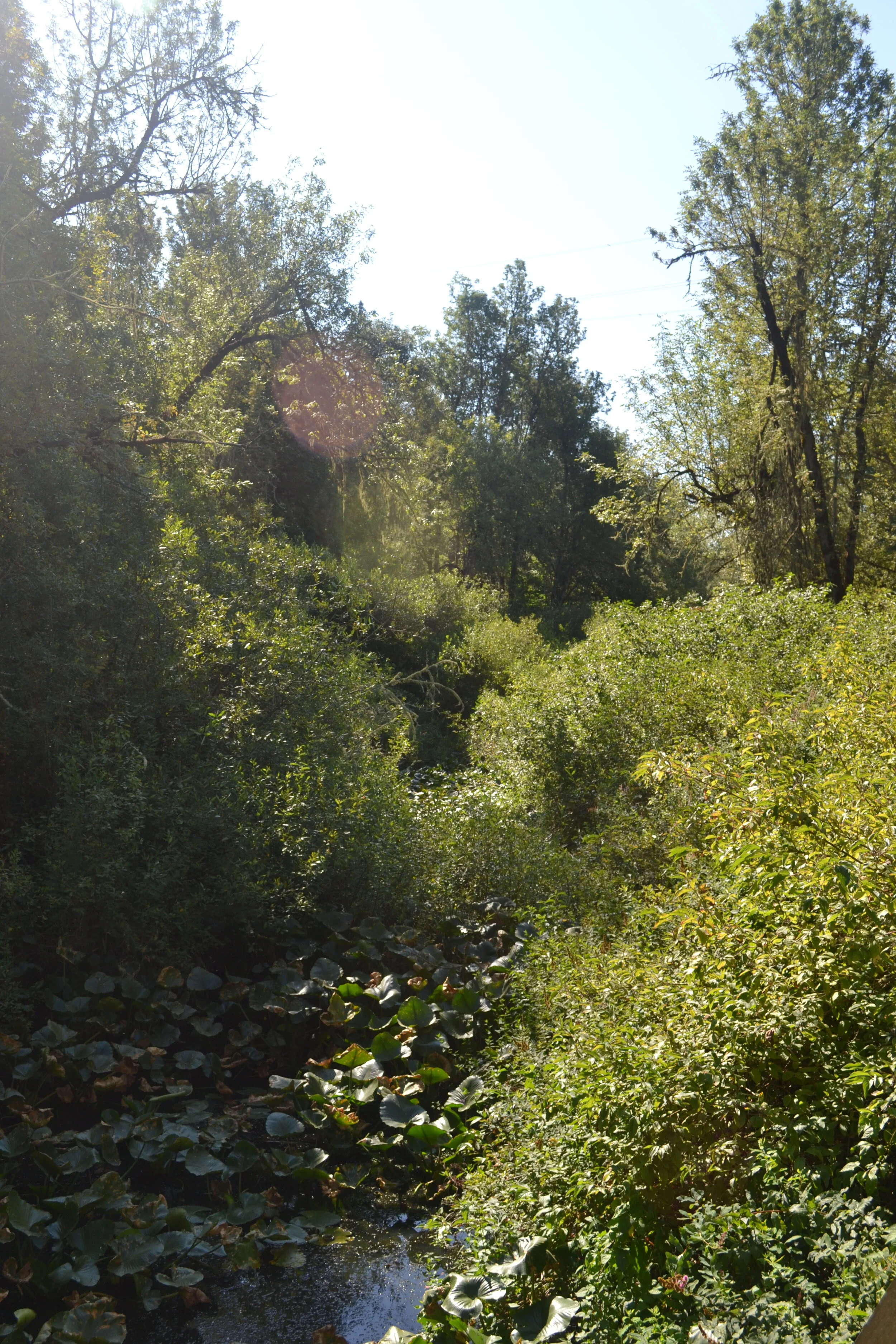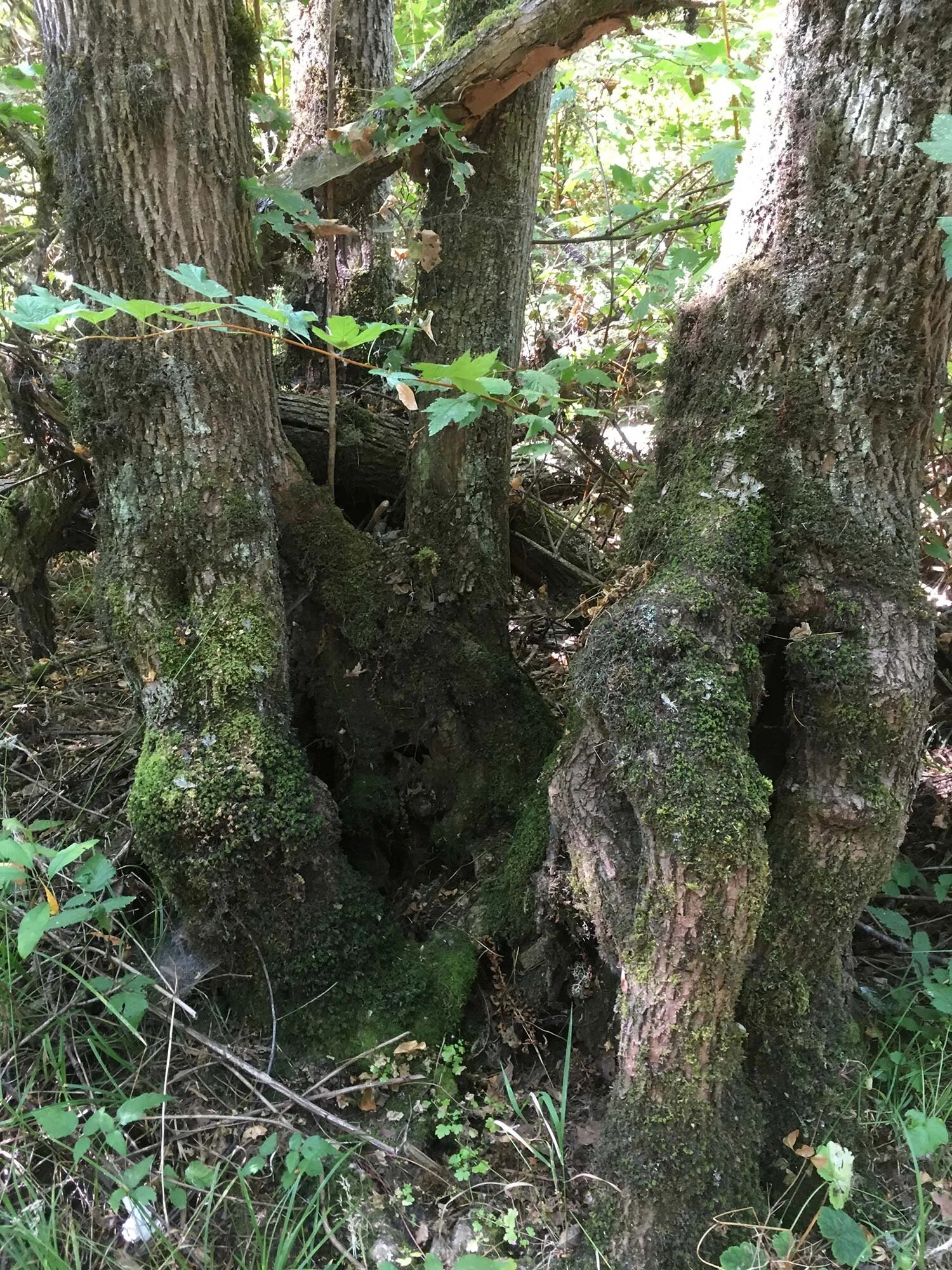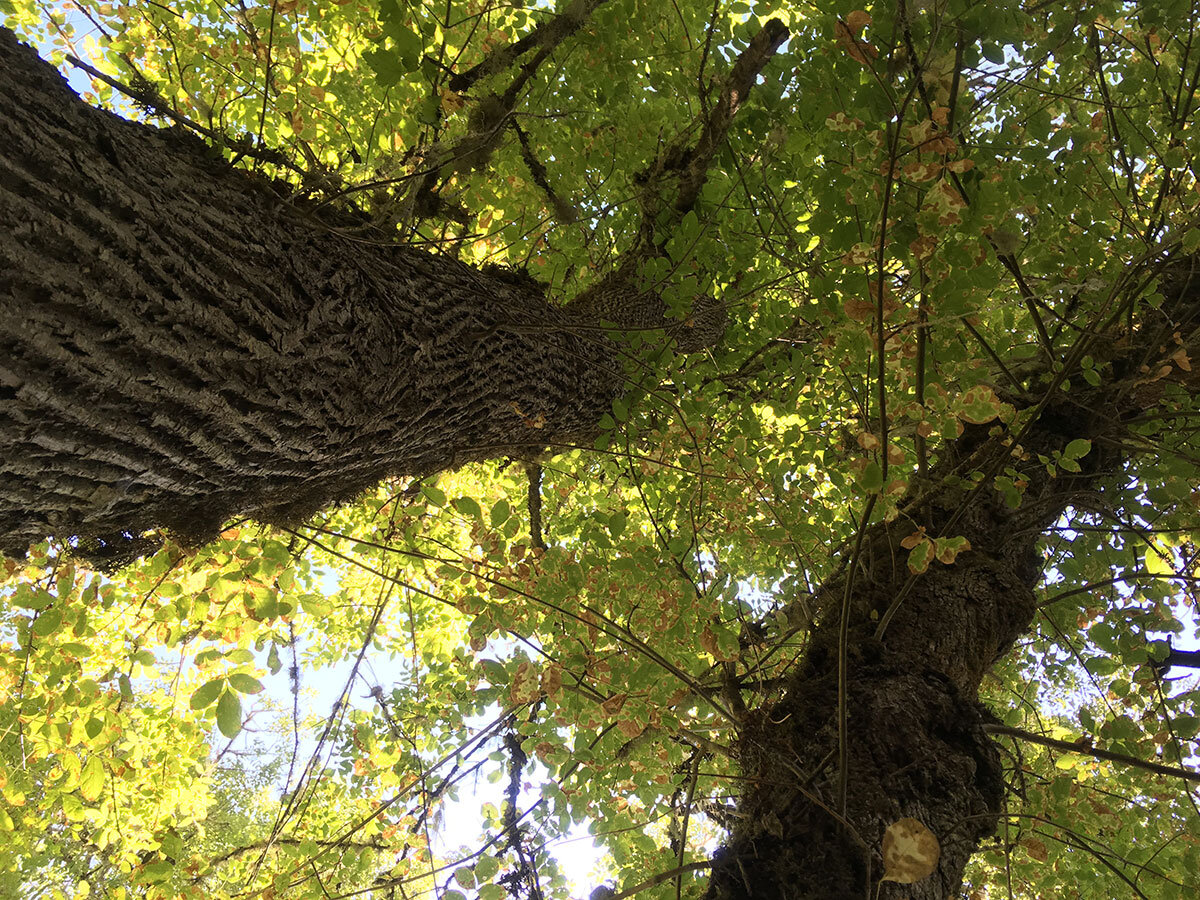Oregon Ash (Fraxinus latifolia), Olive Family (Oleaceae)
I love this tree. Through my birding adventures this year, I realized what a unique and special tree it is for providing nesting habitat for the bird community. As this tree matures, some of the limbs die and develop natural cavities for nesting. I also imagine that some animals take refuge in these tree cavities during bad weather or at night. Honestly, out at Mt. Pisgah Arboretum this tree grows to have a very awkward form, and my guess is that most people aren’t really tuned into to this tree. I feel it is an unsung hero in contributing to the diversity and health of the ecosystem there.
General Description
The Oregon ash is the only native ash in Oregon. The bark is a grayish-brown with flat ridges that looks like it is flowing. At maturity, it will grow from 60 to 80 feet tall. It’s range is from northern Washington state down into central California on the west side of the Cascade and Sierra Nevada ranges.
Leaves
Leaves: Opposite, pinnately compound.
Leaflets: 5 to 9 elliptical leaflets per leaf, paired except at end. 2 - 5” long, 1 - 1.5” wide. Bottom of leaf has fuzzy leaf veins. Leaves turn yellow or brown in the fall.
Flowers
The male and female flowers are on separate trees. The female flowers are shown in the first two photos. They are small, green, and grow in clusters on a stalk. The male flowers are shown in the last three photos. They start out in tight, reddish-brown cluster. As they develop, they form a small, yellow bush and release heaps of pollen.
Fruit
They are single samaras about 2” long that grow in dense clusters. I have watched chickadees taking seeds from the clusters and flying over to a nearby branches to eat the seeds.
Habitat
This tree grows in moist areas along rivers or lowlands that have poor drainage or seasonal flooding. You can see these trees all along the river out at Mt. Pisgah Arboretum and out in the wetlands exhibit.
Bird Habitat
I’ve seen birds using natural nesting cavities and the dead limbs are attractive for woodpeckers to make cavities too. I have seen robins, northern flickers, white-breasted nuthatches and cedar waxwings building nests in these trees.
Beautiful Formations
If you wander along the Pond Lily Trail out at Mt. Pisgah, you can see examples of how two or three trunks grow from a gnarled base. I took photos of two examples where I show the base of the tree and looking up into the canopy from the base. They have such beautiful, mysterious bases. I can’t even imagine the evolution of the forces that have shaped the bases of these trees and the amount of time that has elapsed.
References
National Audubon Society Field Guide to North American Trees - Western Region, Knopf, 1998.
Trees to Know in Oregon, Oregon State University Extension Service, Revised April 2005.
Oregon State University - Oregon Wood Innovation Center - Oregon Ash (website).
Quick Reference:
Height: 60 - 80’
Leaves: Opposite, Compound Pinnate
Fruit: Single samara
Habitat: Streams, moist lowlands
Photo Location:
Mt. Pisgah Arboretum
Mt. Pisgah Arboretum Plant List
Eugene, OR

